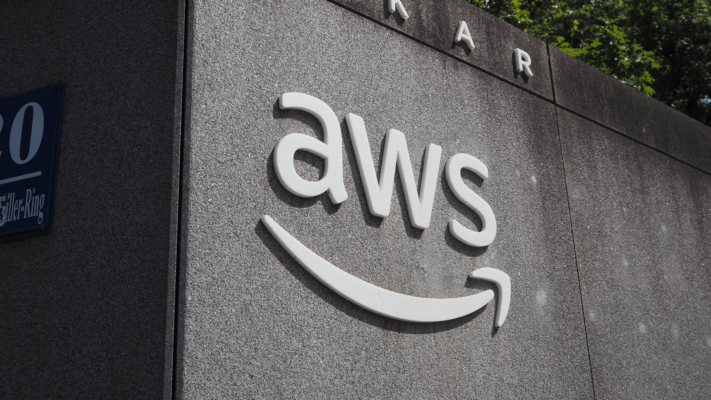AWS Transform now supports agentic modernization of custom code
Customized modernization for custom code On top of that, there’s a whole new agent, AWS Transform custom, designed to reduce the manual effort involved in custom code modernization by learning a custom pattern and operationalizing it throughout the target codebase or SDK. In order to feed the agent the unique pattern, enterprise teams can use […]
Read MoreLiving up to the hype: Lessons from IoT supply chain wins
The applications of IoT in supply chain management have always made a lot of sense, at least in theory. The relatively affordable, internet-connected sensors IoT makes possible seem tailor-made for the day-to-day realities and challenges of supply chains. Much of the work of supply chain management (SCM) involves tracking and optimizing the movement of […]
Read MoreContagious Interview attackers go ‘full stack’ to fool you
When an unsuspecting developer installs such a package, a post-install script triggers and reaches out to a staging endpoint hosted on Vercel. That endpoint in turn delivers a live payload fetched from a threat-actor controlled GitHub account named “stardev0914”. From there the payload, a variant of OtterCookie that also folds in capabilities from the campaign’s […]
Read MoreCloud fragility is costing us billions
The domino effect Beneath the elegant veneer of mobile apps, dashboards, and connected devices lies a labyrinth of technical dependencies. Cloud computing promised affordable scalability and offloaded complexity. As adoption snowballed, a handful of giants (Amazon Web Services, Microsoft Azure, Google Cloud Platform) and a small circle of others became the backbone for modern digital […]
Read MoreSpotlight: Making the most of multicloud
For IT leaders navigating multicloud environments, success depends on strategic alignment across business units, robust governance frameworks, and proactive security postures. While multicloud offers agility and vendor flexibility, it also introduces challenges in visibility, compliance, and developer productivity. In this special report, you’ll learn how to take advantage of the benefits of using multiple clouds, […]
Read MoreAWS launches Flexible Training Plans for inference endpoints in SageMaker AI
However, the auto-scaling nature of these inference endpoints might not be enough for several situations that enterprises may encounter, including workloads that require low latency and consistent high performance, critical testing and pre-production environments where resource availability must be guaranteed, and any situation where a slow scale-up time is not acceptable and could harm the […]
Read MoreOpenAI admits data breach after analytics partner hit by phishing attack
“We are in the process of notifying impacted organizations, admins, and users directly. While we have found no evidence of any effect on systems or data outside Mixpanel’s environment, we continue to monitor closely for any signs of misuse,” OpenAI said. “This was not a breach of OpenAI’s systems. No chat, API requests, API usage […]
Read MoreWriting code is so over
My first web page (tragically unavailable in the Wayback Machine) was literally a single, large, sprawling index.html file at the root of my directory. I thought I was super cool because I had these thin, wide, rainbow GIF files that separated the sections of my page, divided into Hobbies, Favorite Movies, and, of course, the Under […]
Read MoreSnowflake: Latest news and insights
Snowflake (NYSE:SNOW) has rapidly become a staple for data professionals and has arguably changed how cloud developers, data managers and data scientists interact with data. Its architecture is designed to decouple storage and compute, allowing organizations to scale resources independently to optimize costs and performance. For cloud developers, Snowflake’s platform is built to be scalable […]
Read MoreAWS open-sources Agent SOPs to simplify AI agent development
However, AWS claims that during its internal use of Strands Agents, its developers encountered issues while deploying agents built with the SDK. The SDK’s reliance on model-driven reasoning, according to AWS, often produced unpredictable outcomes once agents hit production workloads, leading to inconsistent results, misinterpreted instructions, and high-maintenance prompt engineering — all of which were […]
Read More










